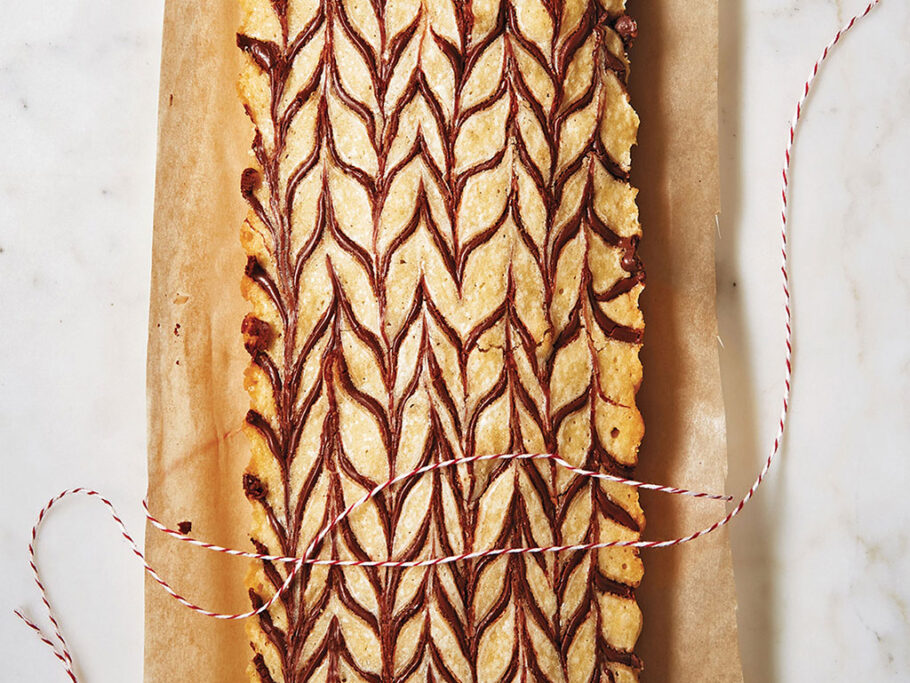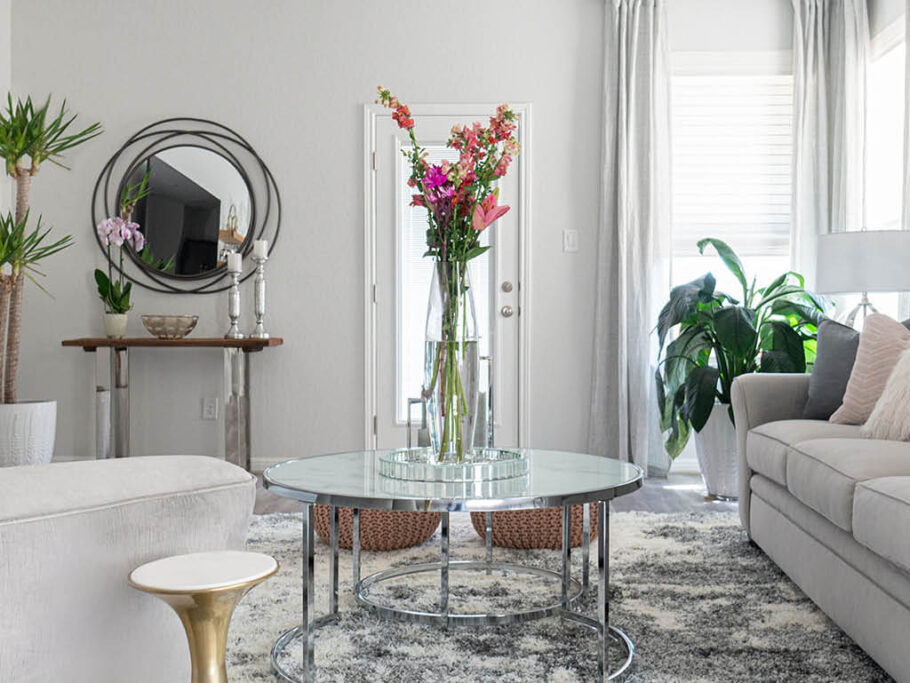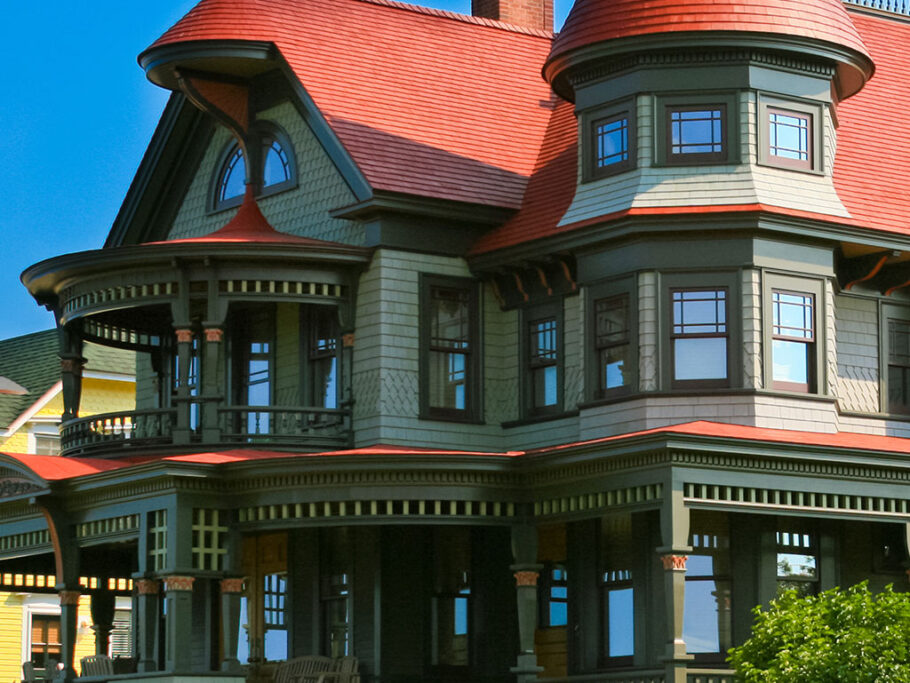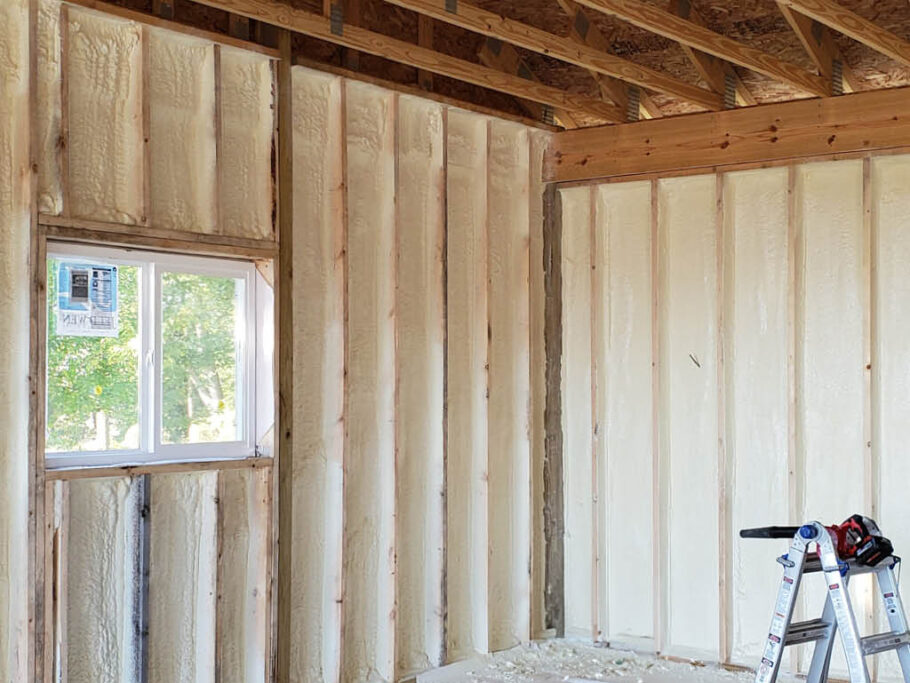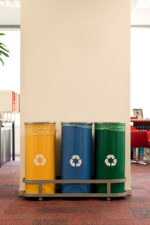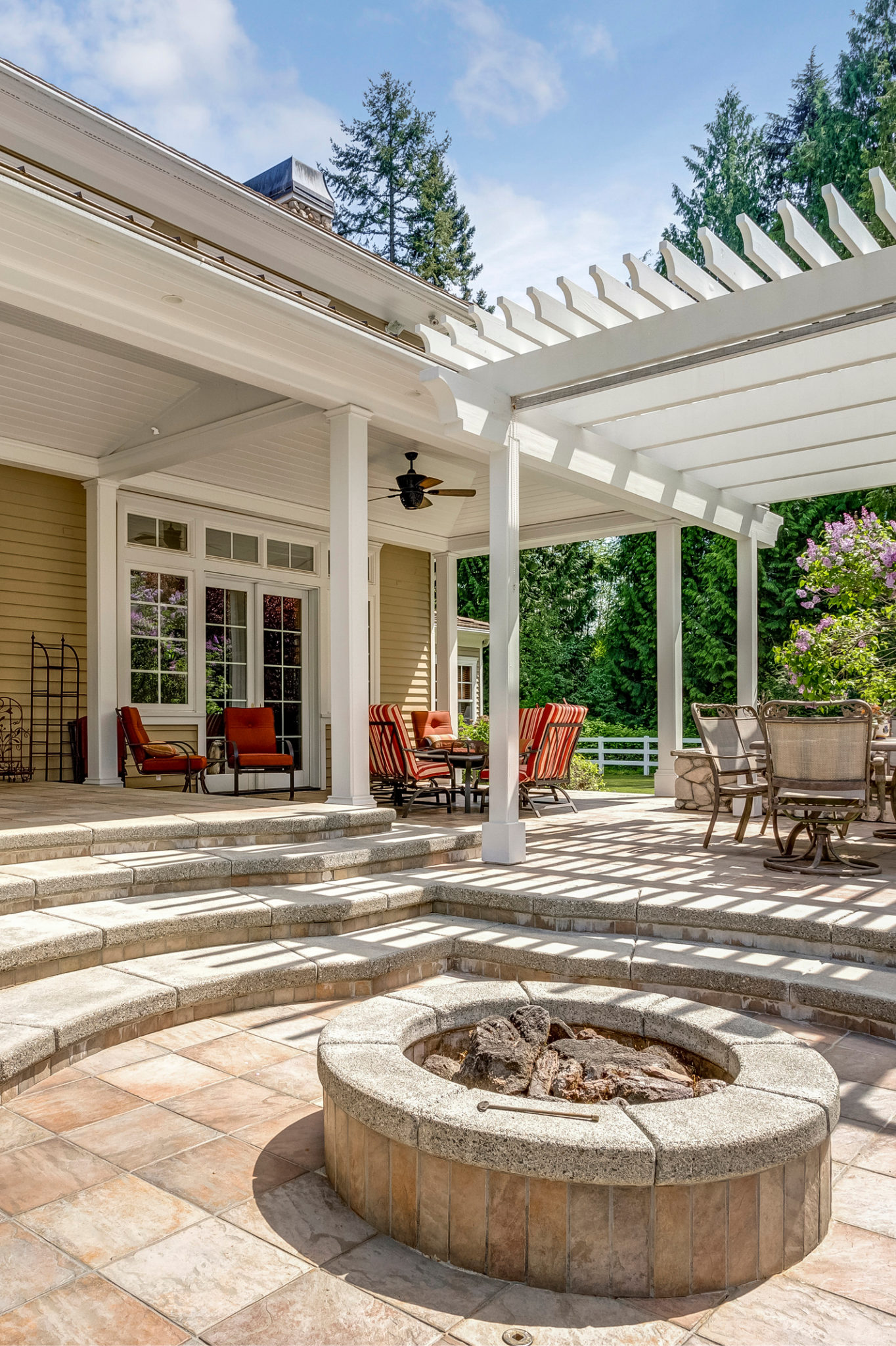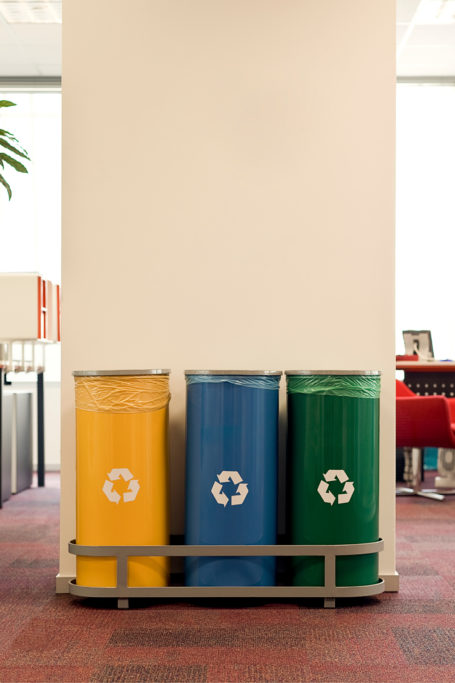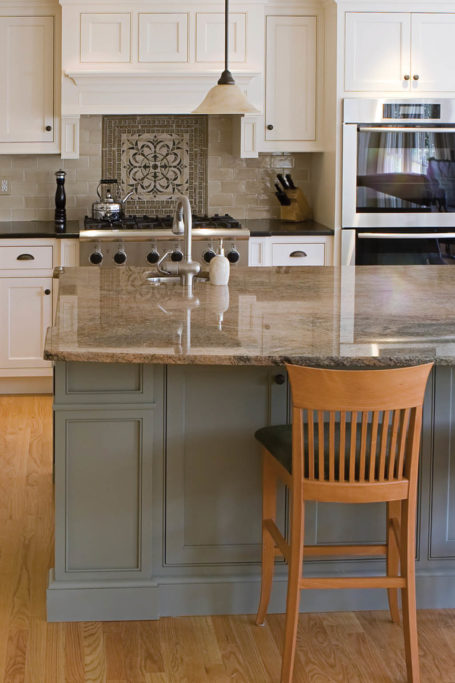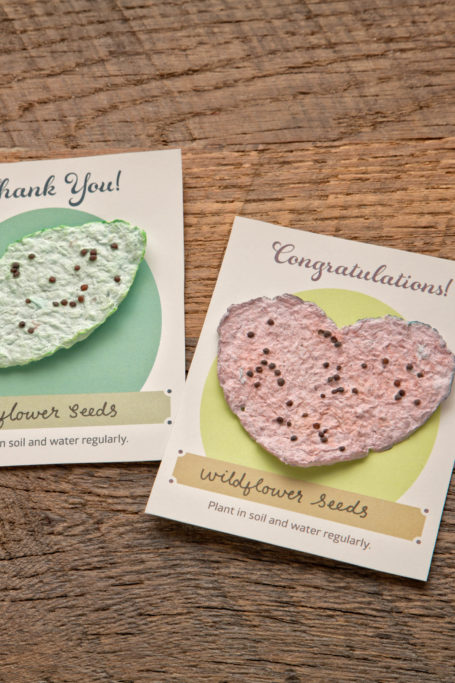Never Mow Your Lawn Again
The roar of lawn mowers is a harbinger of spring in many neighborhoods, and if you have a yard, you probably spend part of your weekends mowing your lawn. Maintaining a lawn can be expensive too. You can mow your lawn yourself to save money, but there is still the cost of supplies, such as a mower, water, and fertilizer. Taking care of your lawn can also negatively impact the environment. Water runoff can contaminate waterways, and exhaust from gas-powered lawn tools can pollute the air.
If you’d like to spend less time caring for your yard, read the suggestions below for ways to reduce the surface area of your lawn or potentially get rid of it all together.

Carpet it
If you cover your yard with no-mow ground covers, you can help protect the environment and reduce the amount of time you spend taking care of your lawn. Consider these options:
- Corsican mint: This grass substitute is well-suited for shady areas, but it can adapt to sunny spots in your yard too. A lawn carpeted with Corsican mint will release a pleasant minty fragrance.
- Creeping thyme: You can plant this flowering ground cover with a fresh aroma almost anywhere in your yard.
- Moss: This evergreen lawn substitute can provide a hardy but soft carpet in shady parts of your yard.
- White clover: A clover lawn can stay green all summer in sun or shade; clover will also fertilize the soil and hinder weed growth.
These ground covers can spread easily, so be aware that they could trespass into neighboring lawns.
Cover it
You might already use mulch, gravel, or stones to suppress weeds or add a decorative element to your garden, but you can use these natural materials as a grass substitute as well. Rocks and gravel are less comfortable underfoot, so place them in your front yard or other low-traffic areas. You can also prevent weeds by putting a layer of landscape fabric beneath your mulch, gravel, or rocks.

Plant a garden
If you have a green thumb, why not replace your lawn with a vegetable or flower garden? You could spend your weekends picking lush tomatoes or clipping fragrant roses instead of pushing a lawn mower. A yard bursting with flowering annuals won’t demand much from you except a little watering, occasional weeding, and perhaps some fertilizing. Flowering perennials make gardening even simpler since they return year after year. Perennials don’t bloom all season long, however, while annuals do. You could skip the process of digging a new gardening bed by planting your veggies or flowers in a raised bed filled with a mixture of topsoil and compost. If you live in an arid climate, a rock garden with drought-friendly cacti and succulents is an attractive, low-maintenance choice.
Add a water feature
A soothing water feature, such as a fountain, pond, or pool, can reduce the size of your lawn and add an extra decorative element to your yard. You could splurge on an above or in-ground pool that will replace most of your backyard or choose a smaller, budget-friendly feature like a small pond or stock-tank pool. A pond would give you the opportunity to bring in natural elements, such as fish and waterlilies. Keep in mind that a water feature will require additional maintenance.

Build a patio or a deck
If you would like more space to relax in, try building a deck or a patio. Both options will require upkeep as they age, but not much initially—you’ll need to stain a deck every two to three years and occasionally sweep or hose down a patio or deck.
Create zones
Traditional turf lawns are popular because they can look neat and tidy and provide a place for rest and play. But you can swap out multipurpose turf by creating zones in your yard for different uses. For instance, you could keep a grassy area for outdoor sports and build a graveled section for a firepit. You could also fill a zone with white clover and native flowering perennials to attract pollinators like bees and butterflies. Try dividing your zones with paver pathways and stone borders so you can replace more of the grass you would otherwise mow.

